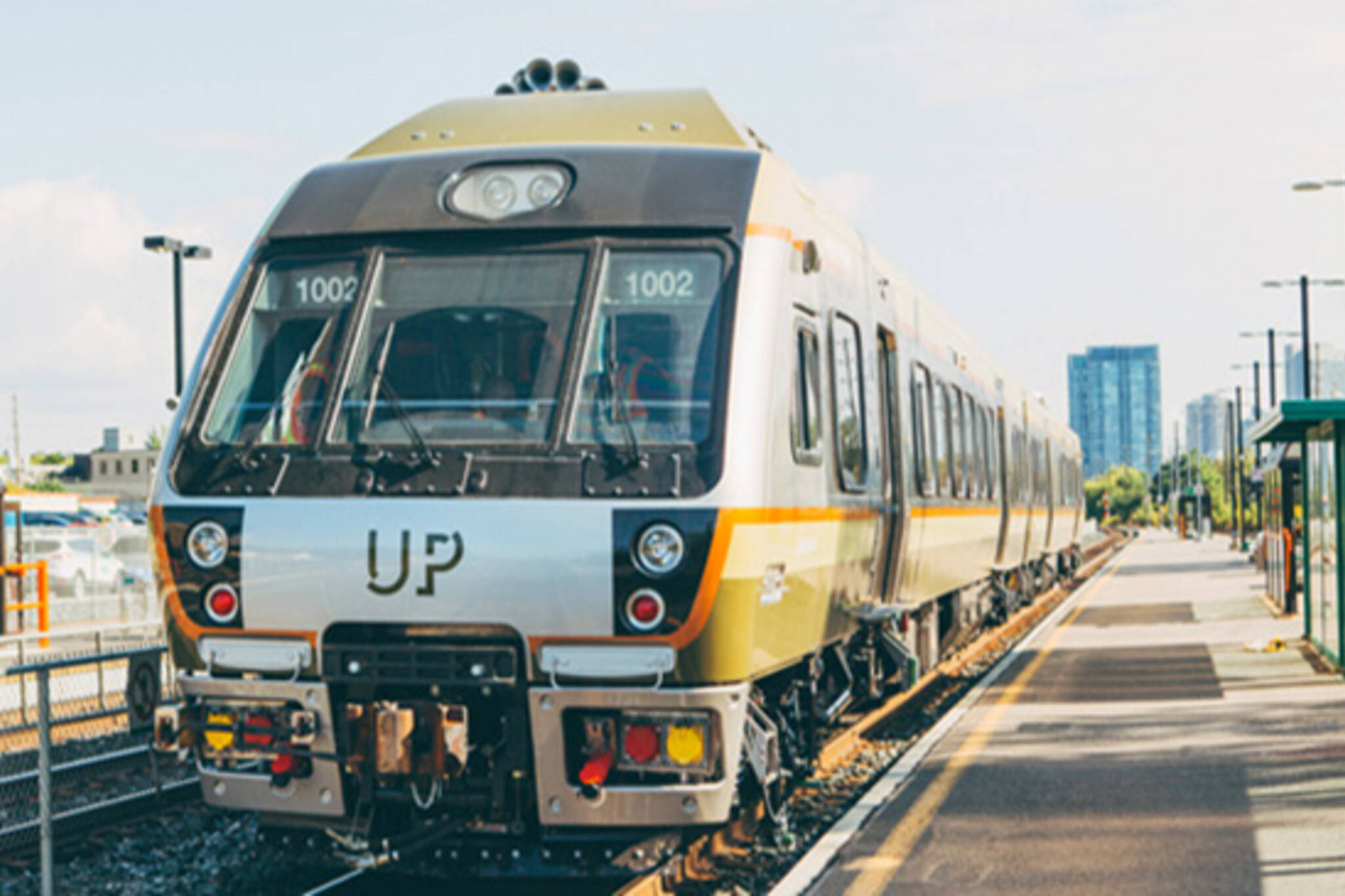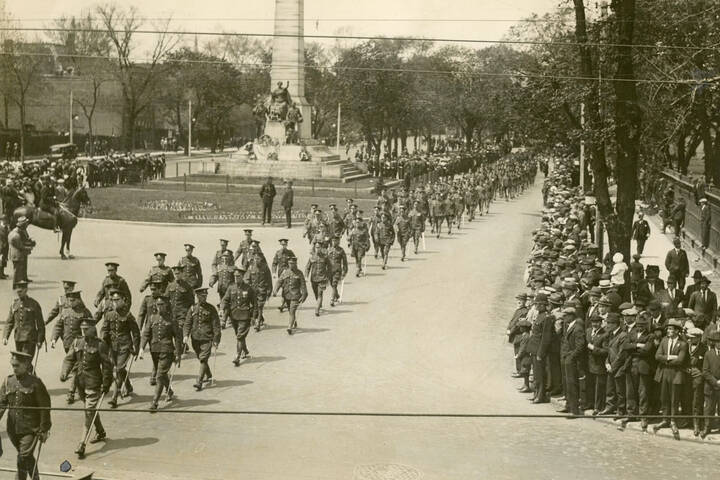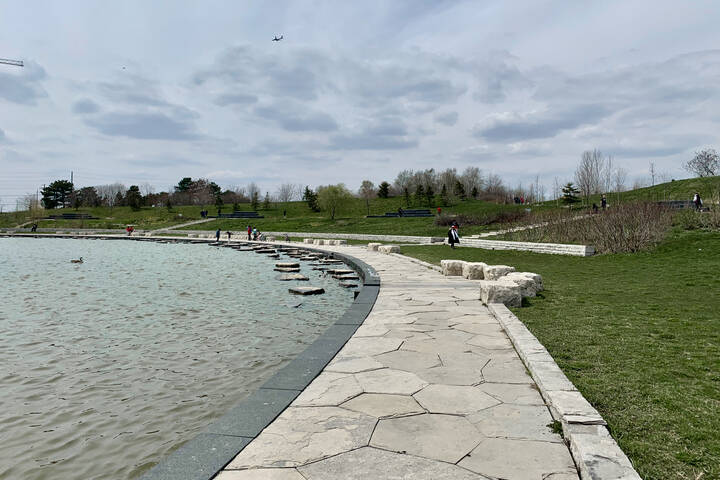
Would the UP Express work as a rapid transit line?
The Union Pearson Express (UPX) is shuffling 2,500 passengers per day between Union Station and Pearson Airport. That's only 10 per cent capacity on a railway line that came with a $456 million price tag as well as an additional $68 million annually in operating costs. Some say the $27.50 one-way fare is just too expensive.
According to the Toronto Star, however, a new draft city staff report addresses the fact that the UPX's business model may need to be altered.
"There may also be a future opportunity to address some of the objectives that a SmartTrack service between Union Station and Pearson airport might afford. City staff are monitoring this situation and are prepared to work closely with Metrolinx in the event that options arise to adjust the current UPX business model," reads the draft document, reports the Star.
The city isn't working with Metrolinx on this yet. But, the newspaper provides a compelling argument for how the UPX could be integrated into Mayor John Tory's SmartTrack plan.
By using the same rail corridor, the city would save tons of money while providing those in the west end with a rapid transit option. Yet, the existing stations (at Dundas West, Bloor West and Weston Road) aren't optimized for larger commuter trains.
Regardless of whether this moves forward or not, it provides food for thought when considering how to remedy the ailing UPX.
Latest Videos
Latest Videos
Join the conversation Load comments







